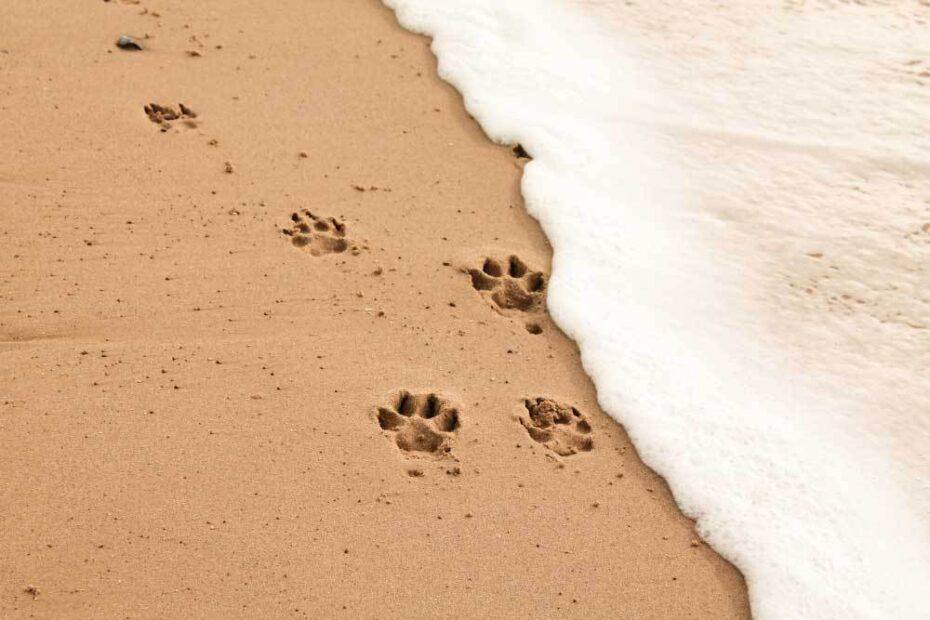Summer is here, and with it comes the heat. While we all enjoy the warm weather, it’s important to remember that our pets can be at risk of heat-related illnesses. Here are four heat-related risks in pets that you should watch out for: Skin Fold Pyoderma, Paw Pad Burns, Dehydration, and Heat Exhaustion.
- Skin Fold Pyoderma: Dogs with skin folds, such as Bulldogs and Shar Peis, are at risk of developing skin fold pyoderma. This condition is caused by bacteria and yeast that thrive in warm and moist environments. These skin folds can become irritated and infected, leading to redness, itching, and a foul odor. To prevent skin fold pyoderma, keep the folds clean and dry, and talk to your vet about appropriate treatment options.
- Paw Pad Burns: Hot pavement and sand can burn your pet’s paw pads, causing pain and discomfort. To prevent this, avoid walking your dog during the hottest parts of the day and stick to cooler surfaces such as grass or dirt. You can also put booties on your dog’s paws to protect them from the heat.
- Dehydration: Pets can become dehydrated just as easily as humans can, especially during the summer months. Signs of dehydration in pets include dry nose, dry mouth, sunken eyes, and lethargy. To prevent dehydration, make sure your pet has access to fresh water at all times and consider adding ice cubes to their water bowl to keep it cool.
- Heat Exhaustion: Pets can suffer from heat exhaustion just like humans can. Signs of heat exhaustion include panting, difficulty breathing, and disorientation. To prevent heat exhaustion, make sure your pet has access to shade and plenty of water, and avoid leaving them in a hot car. If you suspect your pet is suffering from heat exhaustion, take them to a vet immediately.
It is important to remember that pets can’t cool themselves down as efficiently as humans can, so it’s up to us to keep them safe during the hot summer months. By being aware of these heat-related risks and taking appropriate precautions, you can ensure that your pet stays cool and comfortable all summer long.
